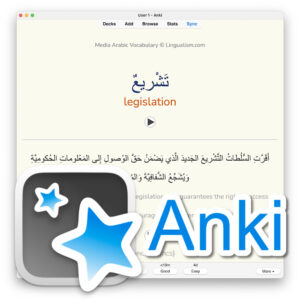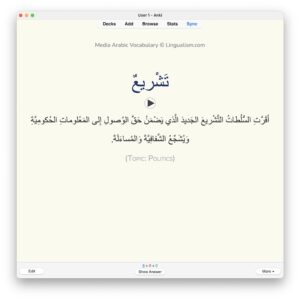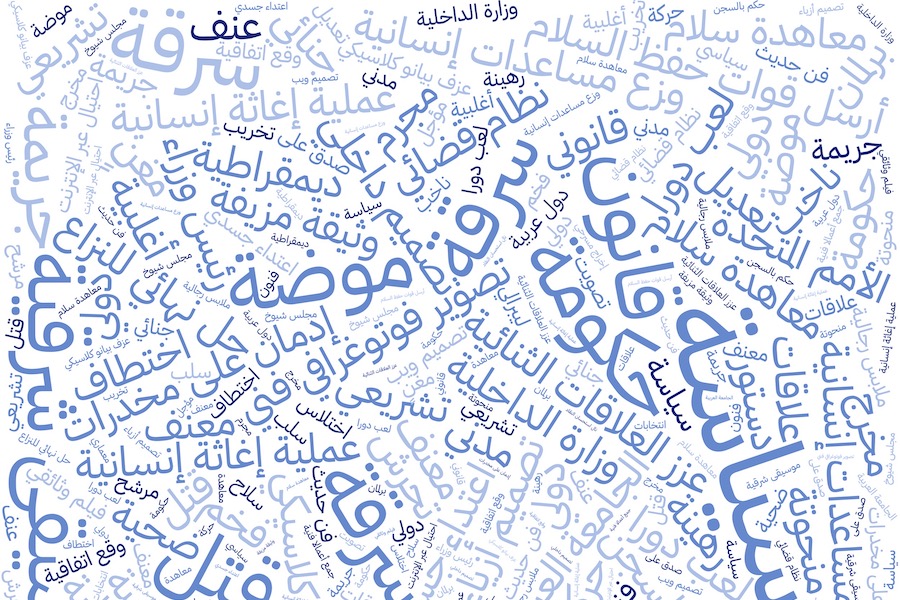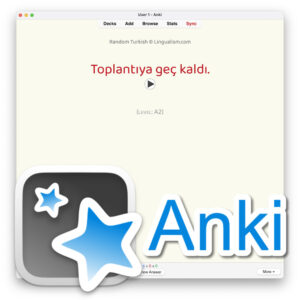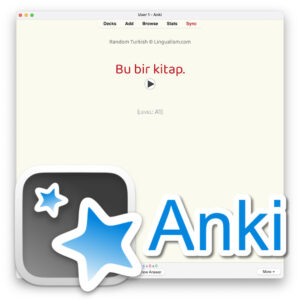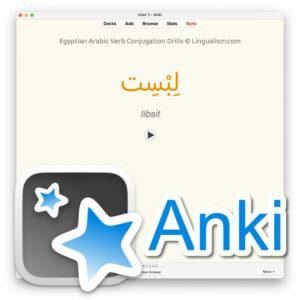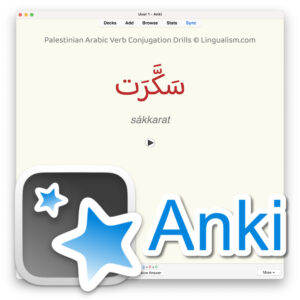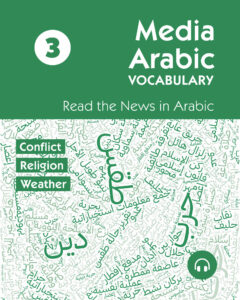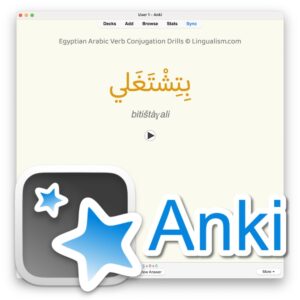Table of Contents
Introduction
Media Arabic Vocabulary is a series specially designed to bridge the gap between intermediate learning and reading real-world Arabic news articles. These books are intended to make the often-daunting journey into Arabic media literacy not only accessible but engaging and enjoyable.
In our experience, many learners find themselves stuck in a language learning plateau, where they can handle classroom scenarios but are left feeling overwhelmed by the complexity of authentic, native-speaker materials, such as news articles. That is exactly where this book series comes in. Each volume is structured to help you scale that seemingly daunting wall by presenting carefully selected vocabulary and controlled texts that emulate the style and complexity of real-world Arabic media.
In the first book of the series, we navigate through three distinct units: Politics, Crime, and Art. Each unit is further broken down into manageable sections and subsections. Subsections introduce you to key vocabulary in context, helping you understand not only the meaning of the words but also their appropriate use. As an additional aid to word recognition and correct pronunciation, all Arabic content in the book contains diacritics (tashkeel). You will find English translations for all Arabic content, which allows for better comprehension and learning, plus audio tracks to help you get a firm grasp on pronunciation and listening comprehension.
This dynamic approach, combining the introduction of topical vocabulary with example sentences and end-of-section practice texts, ensures you are not just memorizing words but actively learning to use them in context. Over time, this exposure will greatly increase your confidence and proficiency in reading actual media Arabic-style texts.
While the volumes are numbered, they are not incremental in learning level. They simply cover different topics. Feel free to pick any book from the series that aligns with your interest in a particular theme or topic. We hope you find this approach as empowering and rewarding as we do.
How to Use the Materials
Media Arabic Vocabulary is a versatile, flexible tool that can adapt to your personal learning style, immediate needs, and specific interests. Here’s how to make the most of it:
Follow Your Interests
The organization of the book allows you to chart your own learning path. Feel free to delve into any unit that piques your interest or aligns with your immediate learning needs. There is no strict order to follow; every path leads to enrichment.
Understand the Structure
Vocabulary Lists: Vocabulary lists serve as your first contact with topic-specific words and phrases. Each vocabulary item appears on the right-hand side, while its English translation appears on the opposite side. Sometimes you will notice word forms between them, preceded by a large dot. These are irregular plurals of nouns or verbal nouns (masdars) of verbs. Following each vocabulary item, in a shaded box, is an example sentence to demonstrate its use in context. Dozens of note boxes appear throughout the book with lexical and grammatical notes, learning tips, and references to other vocabulary items.
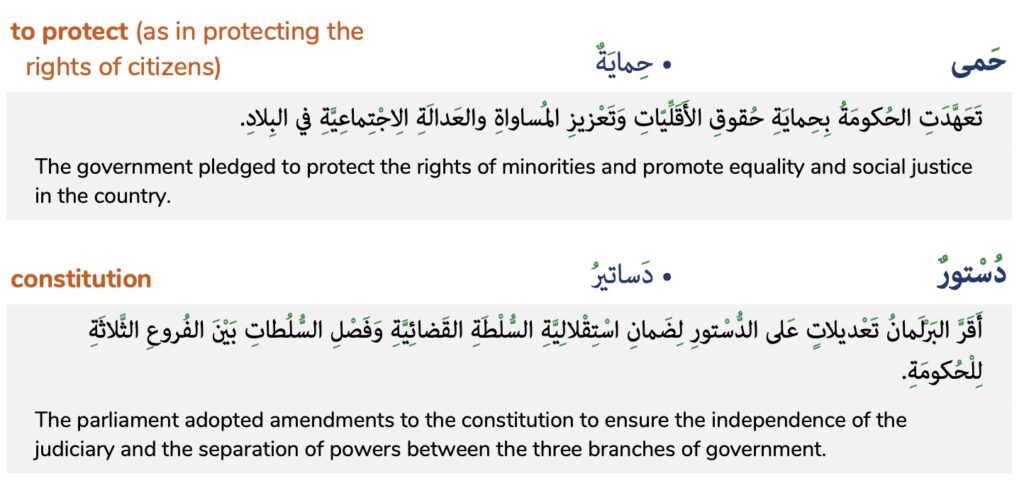
End-of-Section Texts: Following the vocabulary lists, you’ll encounter different kinds of texts, including mini-articles, news reports, interviews, and more. These texts aim to immerse you in a variety of real-world contexts, further reinforcing the vocabulary and enhancing your reading proficiency.
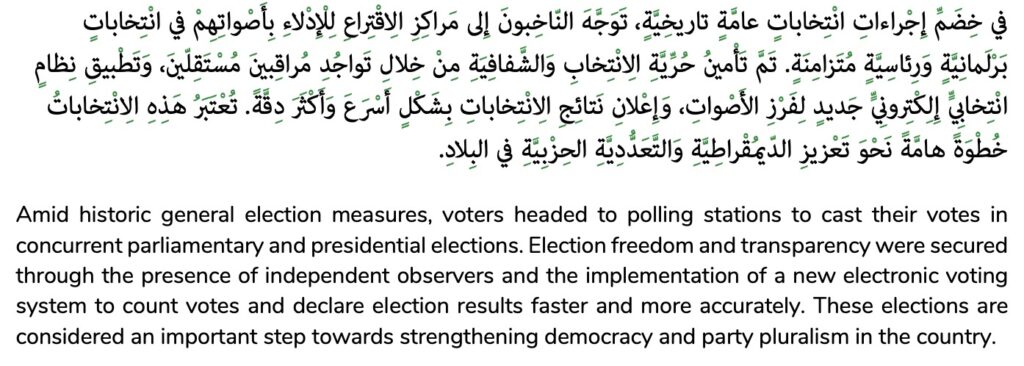
Engage in Self-Discovery
We’ve consciously decided not to include traditional exercises such as multiple-choice or true-false questions. Instead, we promote a self-discovery approach, empowering you to actively engage with the material.
To effectively analyze the texts, try to identify the vocabulary from the lists in the actual context. Notice how these words interact with each other, what collocations they form, and how they contribute to the overall meaning of the text. As you progress through the content, you may notice that the English translations for certain vocabulary items in the example sentences and texts sometimes differ from those presented in the vocabulary lists. Far from an oversight, this is an intentional aspect of the methodology. Our aim here is to encourage you to ponder more deeply on the meanings of words and the nuances in their usage.
As for vocabulary organization, we encourage you to keep a dedicated notebook. Classify and group words according to logical categories that make sense to you – be it themes, synonyms, antonyms, or even roots for Arabic words. This personalized lexical resource will greatly aid your recall and application of vocabulary.
-
Sale!
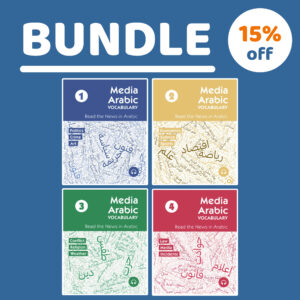
Media Arabic Vocabulary: eBook Bundle
$107.96Original price was: $107.96.$91.76Current price is: $91.76. -
Sale!
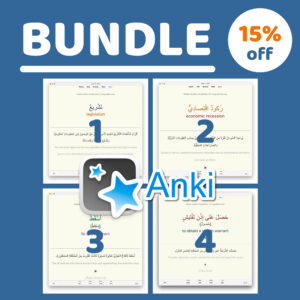
Media Arabic Vocabulary: Anki Bundle
$79.96Original price was: $79.96.$67.96Current price is: $67.96. -
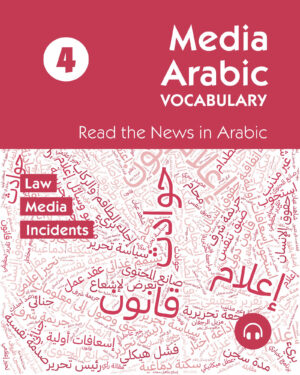
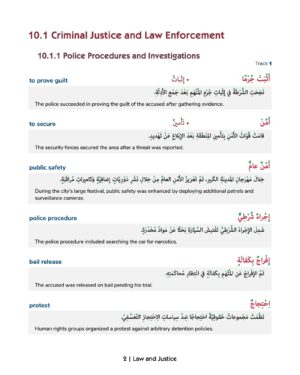
-

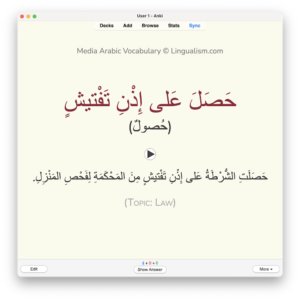
-
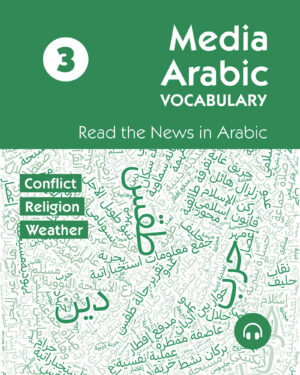

-
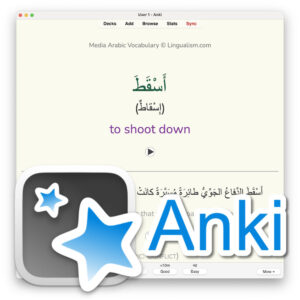
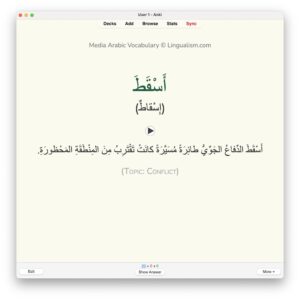
-

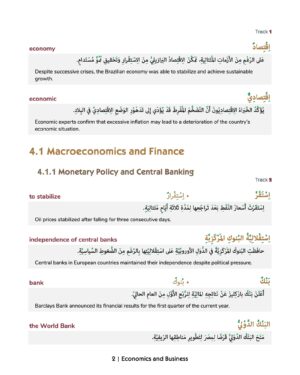
-
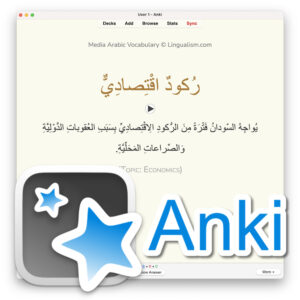

-
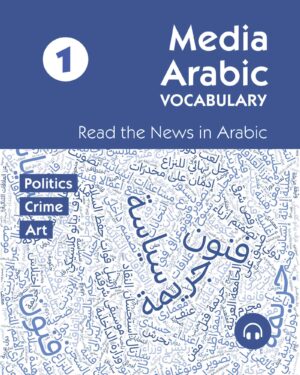
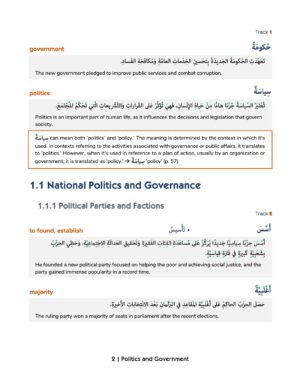
-
